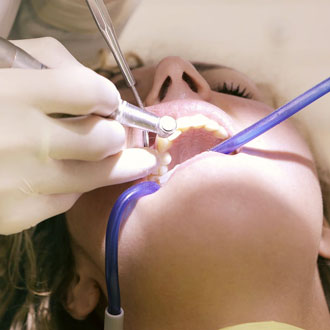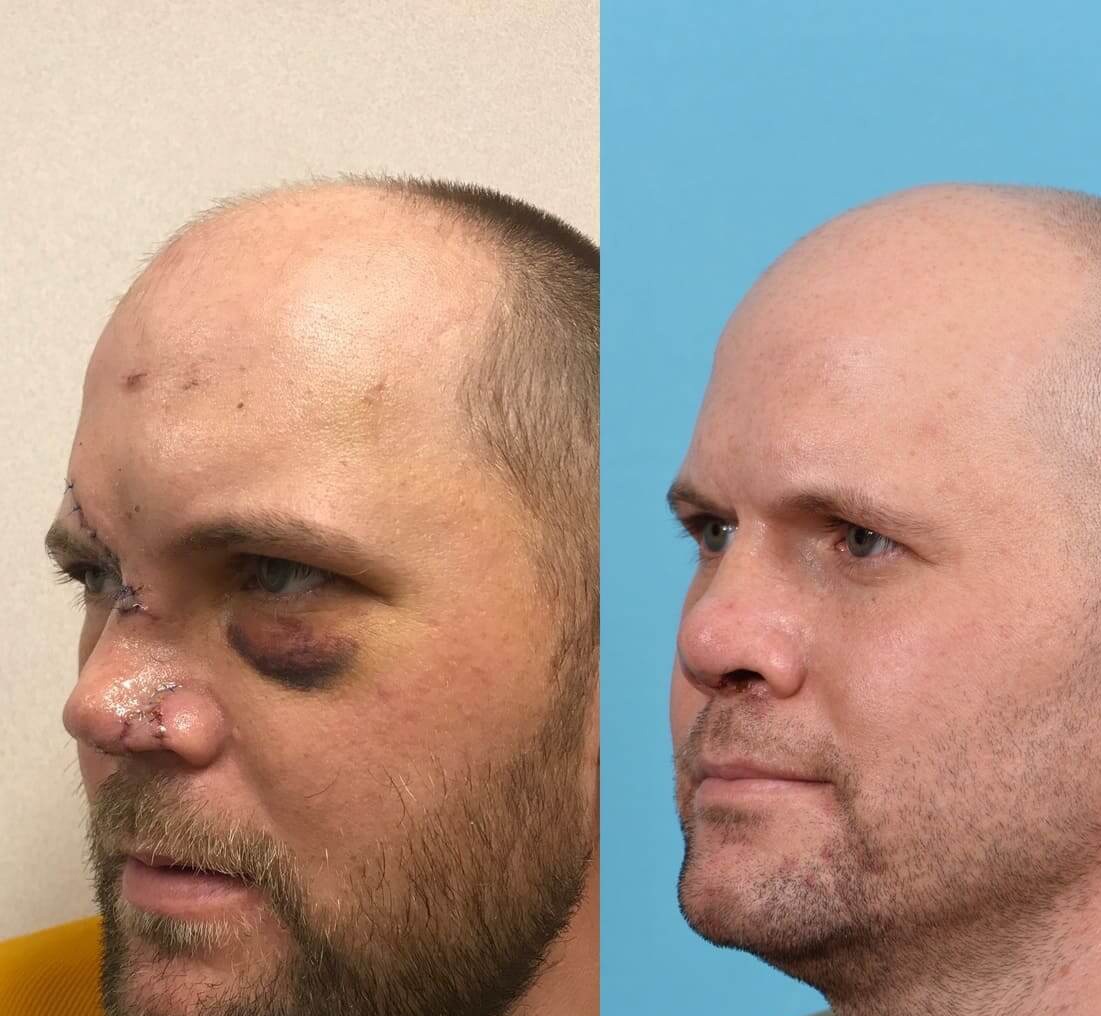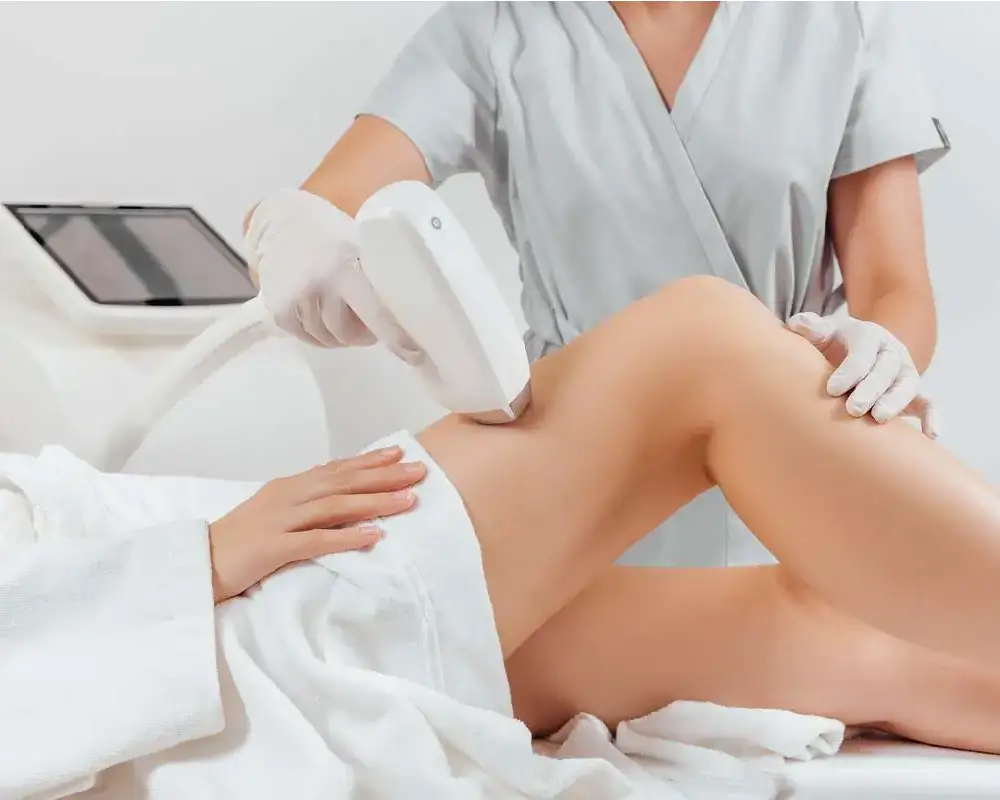Skin tags, also known as acrochordons, are small, benign growths that can appear on various parts of the body, including the neck, armpits, eyelids, and groin. While they are generally harmless, many people seek Skin Tag Removal Dubai for cosmetic reasons or due to discomfort. If you’re living in Dubai and looking to say goodbye to skin tags, this comprehensive guide will provide you with everything you need to know about their causes, removal options, and aftercare.
Understanding Skin Tags
What Are Skin Tags?
Skin tags are small, soft, flesh-colored growths that hang off the skin. They are composed of collagen fibers, blood vessels, and skin cells. Skin tags can vary in size, ranging from a few millimeters to several centimeters, and they often appear in areas where skin rubs against skin or clothing.
Causes of Skin Tags
While the exact cause of skin tags is not fully understood, several factors may contribute to their development:
- Friction: Skin tags often develop in areas where skin rubs against skin or clothing, such as the neck, armpits, and groin.
- Genetics: A family history of skin tags may increase your likelihood of developing them.
- Hormonal Changes: Hormonal fluctuations, particularly during pregnancy, can lead to the formation of skin tags.
- Obesity: Overweight individuals are more prone to skin tags due to increased friction in skin folds.
- Age: Skin tags are more common in older adults, although they can occur at any age.
Are Skin Tags Harmful?
Skin tags are benign and generally do not pose any health risks. However, they can become irritated or painful if they are frequently rubbed or snagged by clothing or jewelry. If you notice any changes in the appearance of a skin tag, such as bleeding, itching, or rapid growth, it’s essential to consult a healthcare professional to rule out any underlying issues.
Removal Options for Skin Tags
If you decide to remove a skin tag, there are several methods available, each with its pros and cons. In Dubai, you can choose from various professional treatments or consider at-home remedies. Here’s a breakdown of the most common removal options:
1. Professional Removal Methods
a. Cryotherapy
Cryotherapy involves freezing the skin tag with liquid nitrogen, causing it to fall off after a few days. This method is quick and effective, typically requiring only one session. However, it may cause temporary redness and swelling in the treated area.
b. Electrosurgery
Electrosurgery uses a high-frequency electrical current to burn off the skin tag. This method is precise and minimizes bleeding, making it a popular choice among dermatologists. After the procedure, the area may be red and sore for a few days.
c. Surgical Excision
In surgical excision, a healthcare professional uses a scalpel to cut off the skin tag. This method is suitable for larger tags or those in sensitive areas. Local anesthesia is usually administered, and the procedure may leave a small scar.
d. Laser Removal
Laser removal uses focused light beams to vaporize the skin tag. This method is effective and minimizes damage to surrounding skin. It may require multiple sessions, depending on the size and location of the tag.
2. At-Home Remedies
While professional removal is often the safest and most effective option, some people may consider at-home remedies. However, it’s essential to approach these methods with caution, as they may not be as effective and could lead to complications.
a. Tea Tree Oil
Tea tree oil is known for its antiviral and antifungal properties. Some people apply diluted tea tree oil to the skin tag several times a day, hoping to dry it out and promote its removal. However, results can vary, and it may take weeks or months to see any effect.
b. Apple Cider Vinegar
Apple cider vinegar is another popular home remedy. The acidity of the vinegar is believed to break down the skin tag over time. Users typically soak a cotton ball in apple cider vinegar and apply it to the tag, securing it with a bandage. Like tea tree oil, this method may take time and may not work for everyone.
c. Dental Floss or String
Some individuals attempt to tie off the skin tag with dental floss or string to cut off its blood supply. This method can be painful and may lead to infection or scarring, so it’s not generally recommended.
3. Over-the-Counter Products
There are various over-the-counter products available for skin tag removal, including creams and solutions that claim to freeze or dissolve skin tags. While some people may find success with these products, they can also cause skin irritation or damage to surrounding tissue. Always read the instructions carefully and consult a healthcare professional if you have concerns.
Choosing the Right Removal Method
When deciding on a removal method,
continue
it’s essential to consider several factors, including the size and location of the skin tag, your skin type, and your comfort level with various procedures. Here are some tips to help you choose the right removal method:
1. Consult a Dermatologist
Before attempting any removal method, it’s advisable to consult a dermatologist or healthcare professional. They can assess your skin tags, discuss your options, and recommend the most suitable treatment based on your individual needs. A professional evaluation is especially important if you have multiple skin tags or if you notice any changes in their appearance.
2. Consider Your Pain Tolerance
Different removal methods come with varying levels of discomfort. Cryotherapy and electrosurgery may cause temporary pain or discomfort, while surgical excision may require local anesthesia. If you have a low pain tolerance, discuss this with your healthcare provider to find a method that minimizes discomfort.
3. Evaluate the Risk of Scarring
Some removal methods, particularly surgical excision, may leave a scar. If you are concerned about scarring, discuss this with your dermatologist. They can recommend techniques that minimize scarring or suggest post-removal care to promote healing.
4. Assess Your Budget
The cost of skin tag removal can vary significantly depending on the method chosen and the clinic or dermatologist you visit. Professional treatments may be more expensive than at-home remedies, but they often provide more reliable results. Consider your budget and the potential long-term benefits of professional care.
5. Think About Aftercare
Aftercare is crucial for ensuring proper healing and minimizing complications. Different removal methods may require different aftercare routines. For example, after cryotherapy, you may need to keep the area clean and avoid sun exposure. Discuss aftercare instructions with your healthcare provider to ensure a smooth recovery.
Aftercare Tips for Skin Tag Removal
Regardless of the removal method you choose, proper aftercare is essential for promoting healing and preventing infection. Here are some general aftercare tips to follow:
1. Keep the Area Clean
After removal, gently clean the area with mild soap and water. Avoid using harsh chemicals or scrubbing the area, as this can irritate the skin and delay healing.
2. Avoid Picking or Scratching
It’s important to resist the urge to pick at or scratch the treated area. Doing so can lead to infection, scarring, or prolonged healing time.
3. Apply a Bandage
If your healthcare provider recommends it, cover the area with a sterile bandage to protect it from dirt and bacteria. Change the bandage regularly, especially if it becomes wet or soiled.
4. Use Topical Treatments
Your dermatologist may recommend topical treatments, such as antibiotic ointments, to prevent infection and promote healing. Follow their instructions carefully.
5. Monitor for Changes
Keep an eye on the treated area for any signs of infection, such as increased redness, swelling, or discharge. If you notice any concerning changes, contact your healthcare provider promptly.
6. Avoid Sun Exposure
Protect the treated area from sun exposure, as UV rays can cause pigmentation changes and increase the risk of scarring. If you must be in the sun, apply a broad-spectrum sunscreen with SPF 30 or higher.
Living in Dubai: Considerations for Skin Tag Removal
Living in Dubai presents unique considerations for skin tag removal. The hot and humid climate can affect skin health, and the availability of various dermatological services makes it easier to access professional care. Here are some specific factors to keep in mind:
1. Climate Considerations
Dubai’s climate can lead to increased sweating and friction, which may contribute to the development of skin tags. If you’re prone to skin tags, consider wearing loose-fitting clothing and practicing good hygiene to minimize friction.
2. Access to Dermatological Services
Dubai is home to numerous dermatology clinics and skincare centers offering advanced skin tag removal treatments. Research reputable clinics and read reviews to find a qualified dermatologist who can provide safe and effective care.
3. Cultural Sensitivity
In a multicultural city like Dubai, it’s essential to be aware of cultural sensitivities regarding body image and cosmetic procedures. While skin tag removal is a common practice, discussing your concerns openly with your healthcare provider can help ensure a comfortable experience.
4. Cost of Treatments
The cost of skin tag removal can vary widely in Dubai, depending on the clinic and the method used. It’s advisable to inquire about pricing during your consultation and consider any potential follow-up visits or aftercare products that may be necessary.
Conclusion
Skin tags are a common and benign skin condition that many people choose to remove for cosmetic reasons or discomfort. Whether you opt for professional removal methods like cryotherapy, electrosurgery, or surgical excision, or consider at-home remedies, it’s essential to approach the process with care and informed decision-making.



